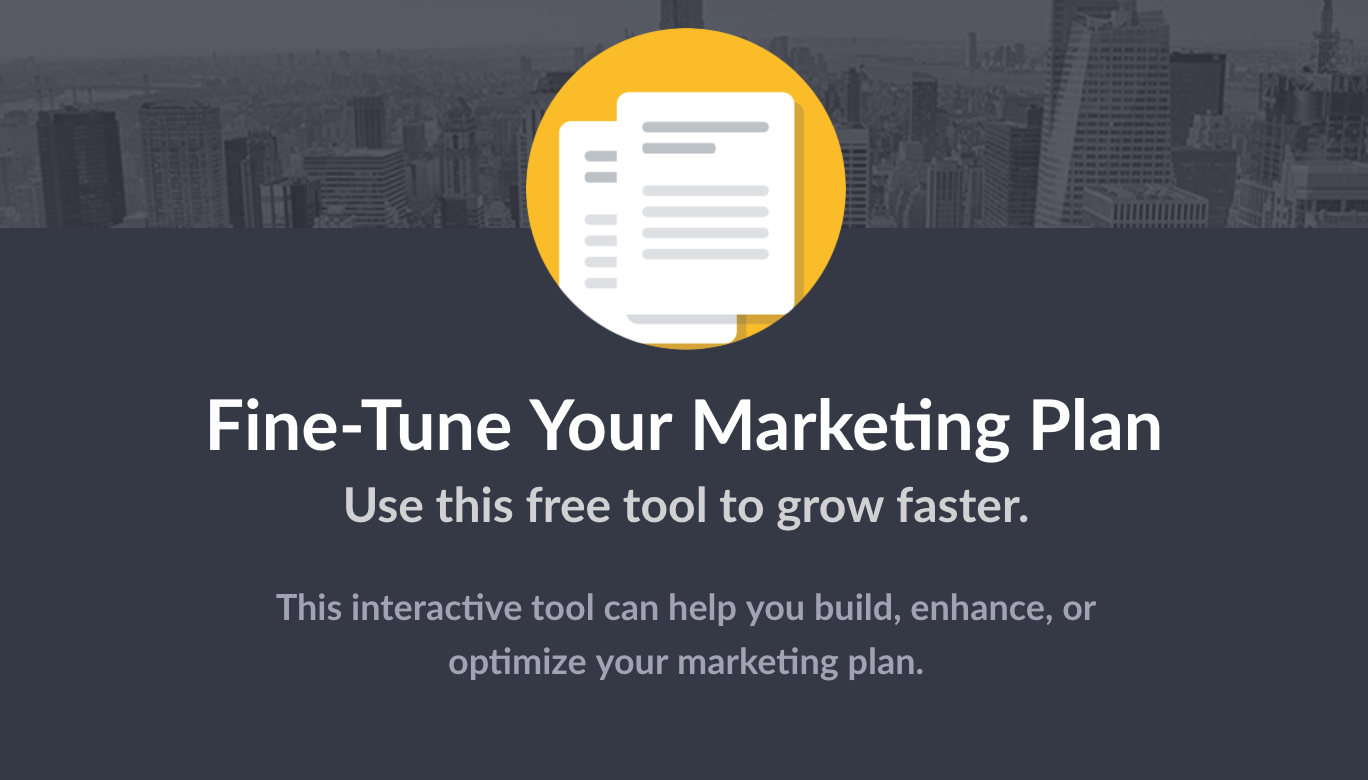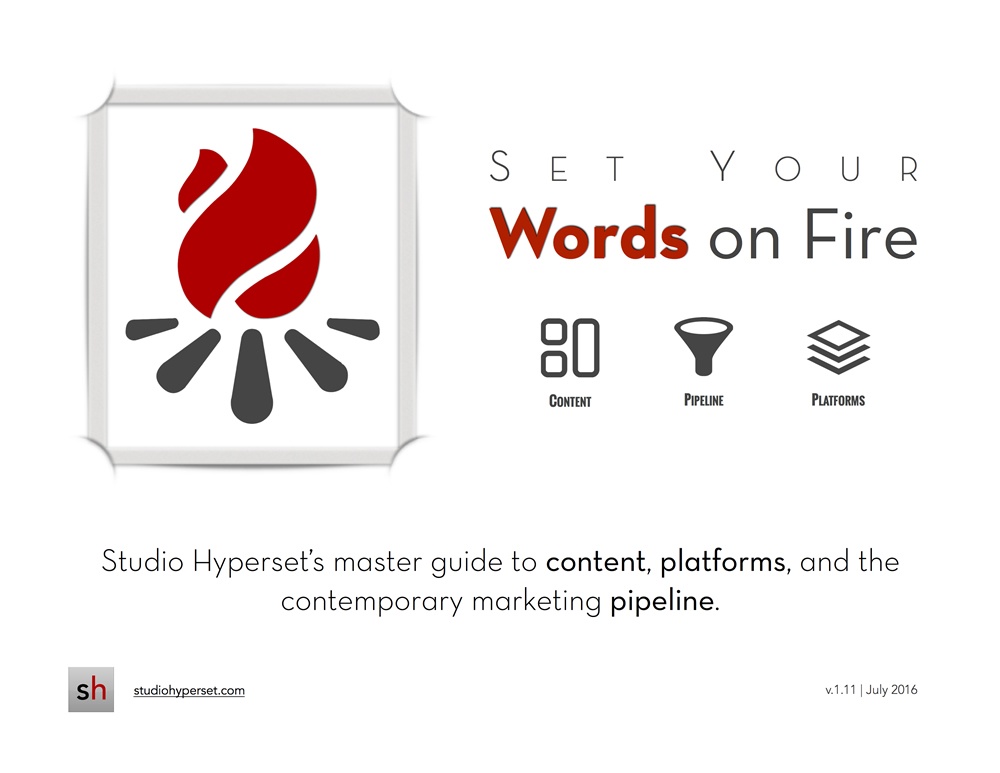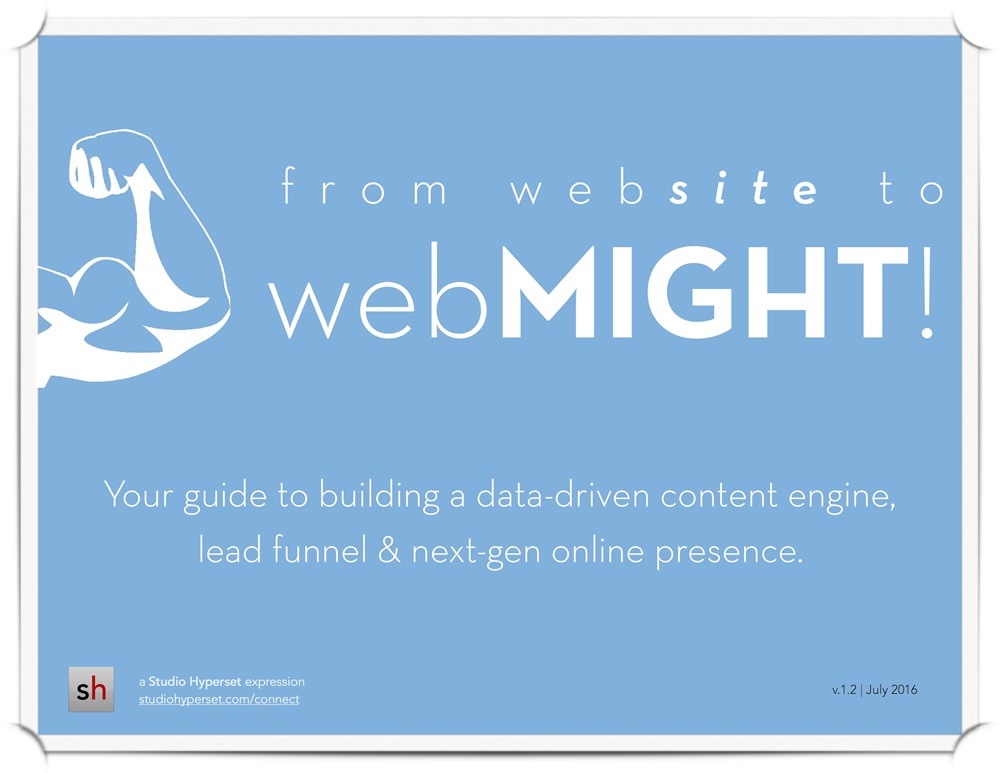Case Study: Using Google Analytics and Social Media to Create Actionable Marketing Intelligence
by
Studio Hyperset
March 27, 2017 | Leave a comment
Updated September 1, 2017
Learn how Studio Hyperset helped a Caribbean tourism authority use Google Analytics and social media data to create actionable marketing intelligence.
Challenge
For some time now, a national tourism authority in the Leeward Islands has used traditional mass media efforts, tourism-focused events, and email newsletters as its primary marketing efforts. In 2016, the board decided it wanted to supplement these efforts with a range of digital initiatives aimed at:
Establishing an active social media presence that allows the tourism authority to continually raise awareness among, connect with, and learn more about potential travelers
Nurturing this presence so it generates actionable intelligence that can be used to inform the tourism authority’s total marketing efforts and, ultimately, increase visits to the island
Thanks to a referral from our professional network, the tourism authority asked Studio Hyperset to help with these initiatives. In January of 2017, we began working on the following solution.
Solution
Studio Hyperset used four distinct phases of action to build a solution for the tourism authority.
Phase 1
Google Analytics Deep Dive
Phase 2
Social Media Content Strategy
Phase 3
Social Media Posting and Analysis
Phase 4
Lead-Generation Campaign
During the first phase, we explored all Google Analytics data generated by the tourism authority’s marketing website in 2016. At the time, this was the most comprehensive set of online marketing data available. This deep dive allowed us to identify important information about site visitors including:
- location information
- traffic sources
- browsing habits, interests, and trends
For example, we found that 87.35% of visits to the site originated in just five countries. We also found 50% of American traffic originates in eleven major urban areas, 45% of UK regional traffic originates in three major urban areas, and 45% of Canadian regional traffic originates in seven major urban areas.



Other important findings follow:
- We discovered that most site visitors — especially those from Canada, the US, and UK — are first-time (vs. returning). As a result, we know the site has substantial engagement opportunities.
- We were able to create a list of sources, mediums, and social networks that funnel each national group to the site. This helped us choose content partners and select platforms on which to publish.
- We were able to create a list of keywords and pages popular with each national group. This helped us fine-tune our understanding of likely travelers’ interests.
In phase two, we used this aggregate information to build portraits of three broad tourist types: Caribbean “locals” from other Leeward Islands, Americans from the contiguous United States, and “Commonwealth visitors” from the UK and Canada. While they overlap in some cases, we used these portraits to create a content and platform strategy focused on the behavior, interests, motivations, and concerns of each traveler type. For example, the following Venn diagram illustrates the mutual and unique content interests of each traveler type.

In phase three, we used these personae portraits and our other phase two conclusions to create strategy-driven social media posts, which we began publishing on platforms known to be popular with the three visitor types. As the following table from February 2017 illustrates, each month we track raw, aggregate post engagement:

Once per month, we include this information in a report that includes detailed demographic and location information about the tourism authority’s social media connections. This combined report is a strategic workhorse. It allows us to:
- identify popular partner targets and post themes
- draw important conclusions about the efficacy of our efforts
- identify popular platforms, markets, and demographic targets for paid campaigns
- create a feedback loop that helps fine-tune messaging effectiveness and ensure traveler profiles are as accurate as possible
- identify popular messaging for the tourism authority’s other marketing outreach efforts
Our first-quarter data was unambiguous: the tourism authority’s most popular posts appear on Instagram and focus on dining opportunities and island events and activities. In stage four, we were able to use this data to design a paid Instagram ad campaign focused on likely summer travelers. When interested visitors click the ad, they’re directed to an interactive, mobile-first landing page.

This page has the following goals:
- connect and generate conversations between interested travelers and service vendors on the island
- increase summer travel to the island by highlighting events, activities, and dining opportunities travelers will encounter on the island during the summer months
- gather actionable intelligence about the interests, needs, and demographics of the island’s typical summer traveler that can be used to inform future campaigns, marketing efforts, content offerings, and social media activities
- make meaningful connections with travelers that the tourism authority and its partners (resorts, airlines, tours, restaurants, &c.) can use in conversion efforts and future marketing campaigns
The following flowchart represents the ways the various campaign elements work together to drive traffic, sharing activity, and conversion events for the tourism authority and its partners.

When the summer travel campaign ended in late July, we discovered several interesting and valuable things:
- Pre-campaign, anecdotal evidence suggested most people who visited the island in the summer were from metro areas in the US state of Texas. As such, originally, we focused the campaign on Houston, Dallas-Ft. Worth, San Antonio, and Austin. However, after a few weeks, we saw very little engagement from these areas. The same was true of other areas we tried targeting including Toronto, Las Vegas, Baltimore, Virginia/Washington DC, Chicago, Boston, France, and Costa Rica.
- Instead, as the campaign proceeded, we found the summer travel campaign was most popular with middle-aged women in the London and NYC metro areas as well as the Gold Coast of Florida. The tourism authority was aware of its popularity in the first two areas, but the third was virtually undiscovered and untapped. The Gold Coast of Florida was incredibly efficient as well: the Miami-Ft. Lauderdale and West Palm Beach-Ft. Pierce DMA’s contributed more leads with fewer visits and less time spent on the site.
- Additionally, we found Puerto Rico contributed almost as much traffic as London, NYC, and the Gold Coast of Florida combined but only two leads. Our conclusion was that the island must enjoy a good bit of awareness in Puerto Rico but, perhaps due to the economic conditions there, most residents aren’t able to travel as widely as they might like. Given the clear demand, though, it might be worthwhile for the tourism authority to work with its partners to build a discounted travel package and offer it exclusively to residents of Puerto Rico.
As such, in addition to summer-travel-specific, immediate-term lead gains, the campaign data also helps focus the tourism authority’s broad-based, on-going marketing efforts. In addition to uncovering a valuable new market, the tourism authority can use campaign data to fine-tune its mass media efforts, make its marketing spending more efficient, and improve the chances of boosting that spending’s ROI.
Beyond the campaign, the tourism authority’s general Google Analytics and social media data allowed us to standardize lead stages; improve lead flows; scope a WiFi-based, lead-generating login system; and propose email content adjustments that emphasize social media content and encourage engagement activity.
Deliverables
- data-driven social media posts
- monthly intelligence reports
- campaign landing page
- lead stage/flow funnel visualization
- email engagement workflow visualization
- WiFi lead capture plan
- interactive, lead-generating landing page
Benefits
We don’t have a lot of experience with online marketing campaigns, social media, or engagement analysis so it’s good to have a firm like Studio Hyperset on our team. Thanks to their expertise, we’re finally able to develop ambitious strategies, confident they’ll be effectively (and creatively) executed.
At a high level, Studio Hyperset’s solution:
- increases lead generation
- improves understanding of key marketing data points and workflows
- increases social media connections
- enhances knowledge about likely travelers
- uses a feedback loop to test and improve messaging and to identify effective platforms and market targets
- improves the overall efficiency and ROI of marketing spending

 Greg Phillip
Greg Phillip






